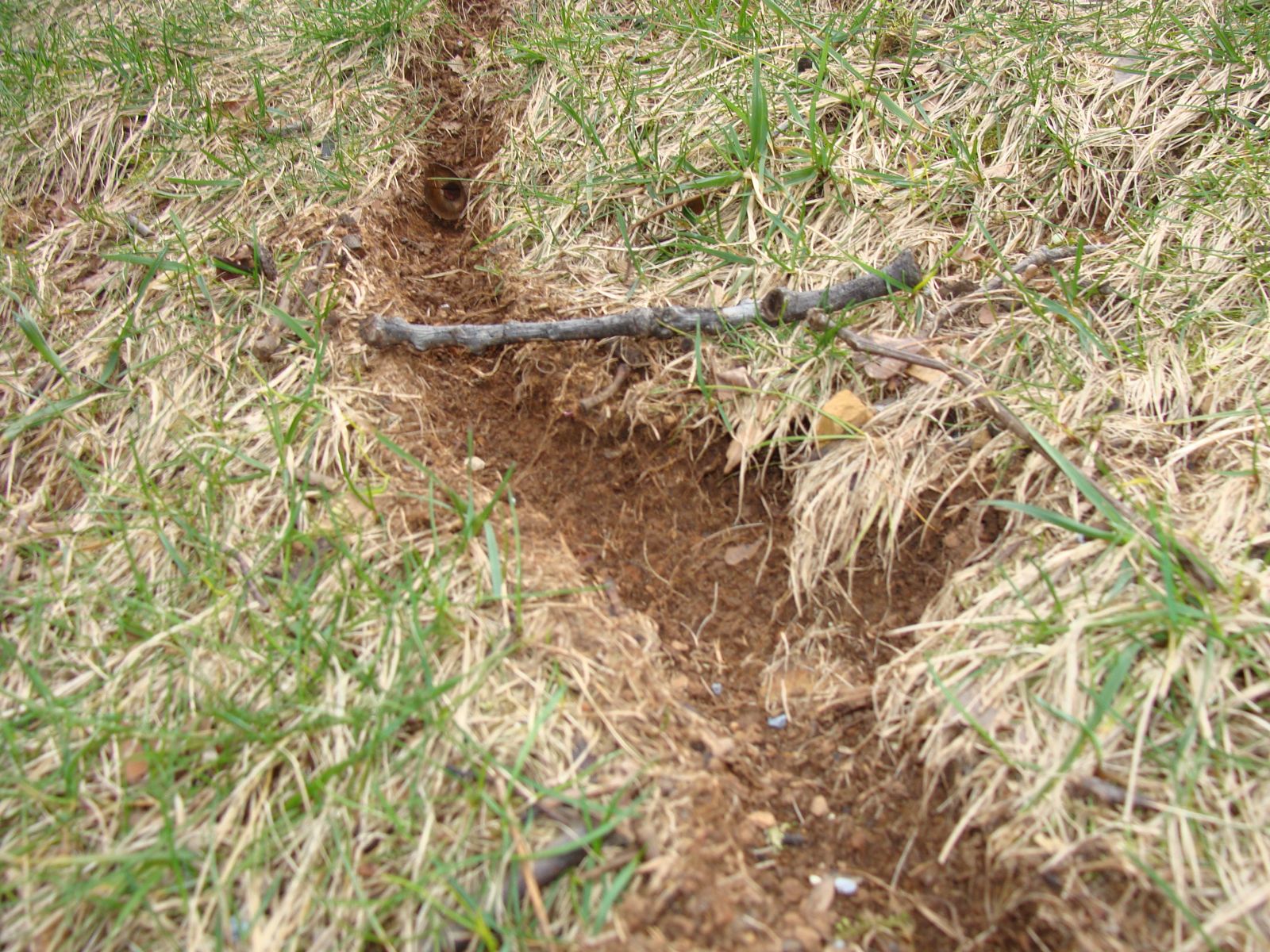Vole Control Tips to Preserve Your Yard and Gardens
Vole Control Tips to Preserve Your Yard and Gardens
Blog Article
Comprehensive Guide to Efficient Vole Pest Control: Invasion Identification and Therapy Approaches
In the world of effective parasite control, vole problems present an one-of-a-kind difficulty that demands a strategic method. These small rats, often mistaken for computer mice, can create chaos on yards, yards, and crops if left uncontrolled. Determining the indicators of vole visibility and applying targeted treatment methods are vital parts of a successful bug management plan. By checking out the nuances of vole behavior, recognizing essential indications of infestation, and examining a variety of control choices, one can create a detailed strategy to fight these evasive insects.
Comprehending Vole Actions
Vole habits is identified by their tunneling practices and rapid recreation prices, making them a difficult insect to control efficiently. Their rapid reproductive rate further makes complex control initiatives, with ladies qualified of producing numerous trashes in a single year, each consisting of a number of offspring.
Voles are most active during the early morning and night hours, investing the majority of their time foraging for food. Their burrowing behaviors not just interrupt yards and grass however likewise make them challenging to get rid of and detect. Comprehending vole behavior is crucial for reliable parasite control strategies. By determining their burrow locations, monitoring feeding locations, and implementing targeted control techniques, such as capturing or habitat alteration, vole invasions can be taken care of efficiently.
Signs of Vole Invasion

Avoidance Techniques
Applying efficient avoidance approaches is important in decreasing vole infestations and securing vegetation from their damaging feeding behaviors (vole yard damage). To avoid vole problems, it is essential to start by removing potential food sources and sanctuary. Keep yard and vegetation trimmed short, get rid of weeds and debris, and preserve a clean garden or yard to make the location much less attractive to voles. Installing barriers such as equipment cloth or underground fencing can also help deter voles from entering specific areas. Additionally, decreasing excess wetness by dealing with dripping pipelines and making certain correct drainage can make the environment less congenial for voles.
Frequently inspecting the building for signs of vole activity, such as paths and burrow openings, is vital for early discovery and punctual action. If vole activity is believed, consider using catches or repellents purposefully placed near their paths.
Non-Lethal Control Techniques
To effectively take care of vole populations while prioritizing humane methods, non-lethal control techniques offer sensible remedies for lowering vole damages in landscapes and yards. One effective method is the use of physical barriers such as hardware cloth or cable mesh to secure prone plants. These obstacles can be hidden at the very least 12 inches bent and deep at a 90-degree angle to stop voles from tunneling beneath. Furthermore, environment adjustment can prevent voles by lowering their favored food resources and concealing places. Keeping a well-mowed grass, getting rid of particles, and maintaining plant life cut can make the setting much less attractive to voles.

Lethal Control Options
One effective technique for attending to vole invasions in gardens and landscapes involves the tactical usage of dangerous control alternatives. When encountered with a serious vole invasion that non-lethal methods have actually failed to have, implementing lethal control actions becomes essential. In general, when utilizing dangerous control choices, it is vital to do so responsibly and in conformity with regional policies to effectively take care of vole invasions.
Final Thought
To conclude, efficient vole pest control calls for an extensive understanding of vole actions, identification of signs of invasion, execution of prevention strategies, and use of both non-lethal and lethal control methods. By incorporating these methods, people can efficiently take care of vole populations and secure their home from damages. It is necessary to address vole invasions promptly to stop further concerns and reduce the influence on the surrounding atmosphere.
Provided the detailed tunnel blog here systems and quick recreation rates characteristic of voles, identifying the indications of vole invasion becomes vital in effective parasite control. One of the primary signs of vole visibility is the existence of surface paths or routes in yard or This Site snow, generally regarding 1-2 inches wide, developed as voles travel between their burrows and food sources.To successfully take care of vole populations while prioritizing gentle methods, non-lethal control methods supply practical options for decreasing vole damages in gardens and landscapes.One effective approach for resolving vole infestations in landscapes and yards includes the critical usage of dangerous control choices. vole yard damage.In conclusion, efficient vole pest control calls for a comprehensive understanding of vole behavior, identification of indications of infestation, application of prevention strategies, and utilization of both lethal and non-lethal control approaches
Report this page